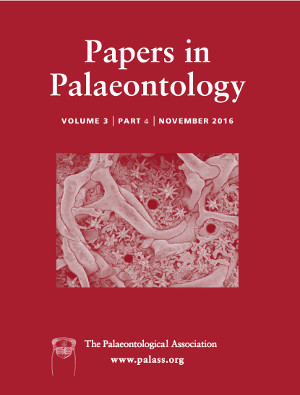Reg. Charity No. 1168330

New mylodontine (Xenarthra, Pilosa) sloth remains from the late Pleistocene tar seep localities of Corralito (Ecuador) and Talara (Peru) are described, and the taxonomic history of the extinct ground sloth genus Glossotherium is reviewed. Based on the new material and comparisons with Glossotherium robustum, Glossotherium wegneri, and the North American taxon, Paramylodon harlani, the species Glossotherium tropicorum is considered to be valid and a new definition of its diagnostic characters is provided. Glossotherium tropicorum is similar in size to Glossotherium robustum and Glossotherium wegneri but differs in several respects from these species, such as having a more elongated and slender skull. In this respect it more closely resembles Paramylodon harlani in North America, which is also similar in size. Glossotherium tropicorum is one of two mylodontine sloths found in the upper Pleistocene of north‐western South America, the other being Glossotherium wegneri. While both are present in this region their individual distributions did not overlap and the two species have not been recovered together in a fauna. The distribution of Glossotherium tropicorum is restricted to lowland coastal areas whereas Glossotherium wegneri is found inland and in the highland areas of the Andes, suggesting significant differences in their ecology.